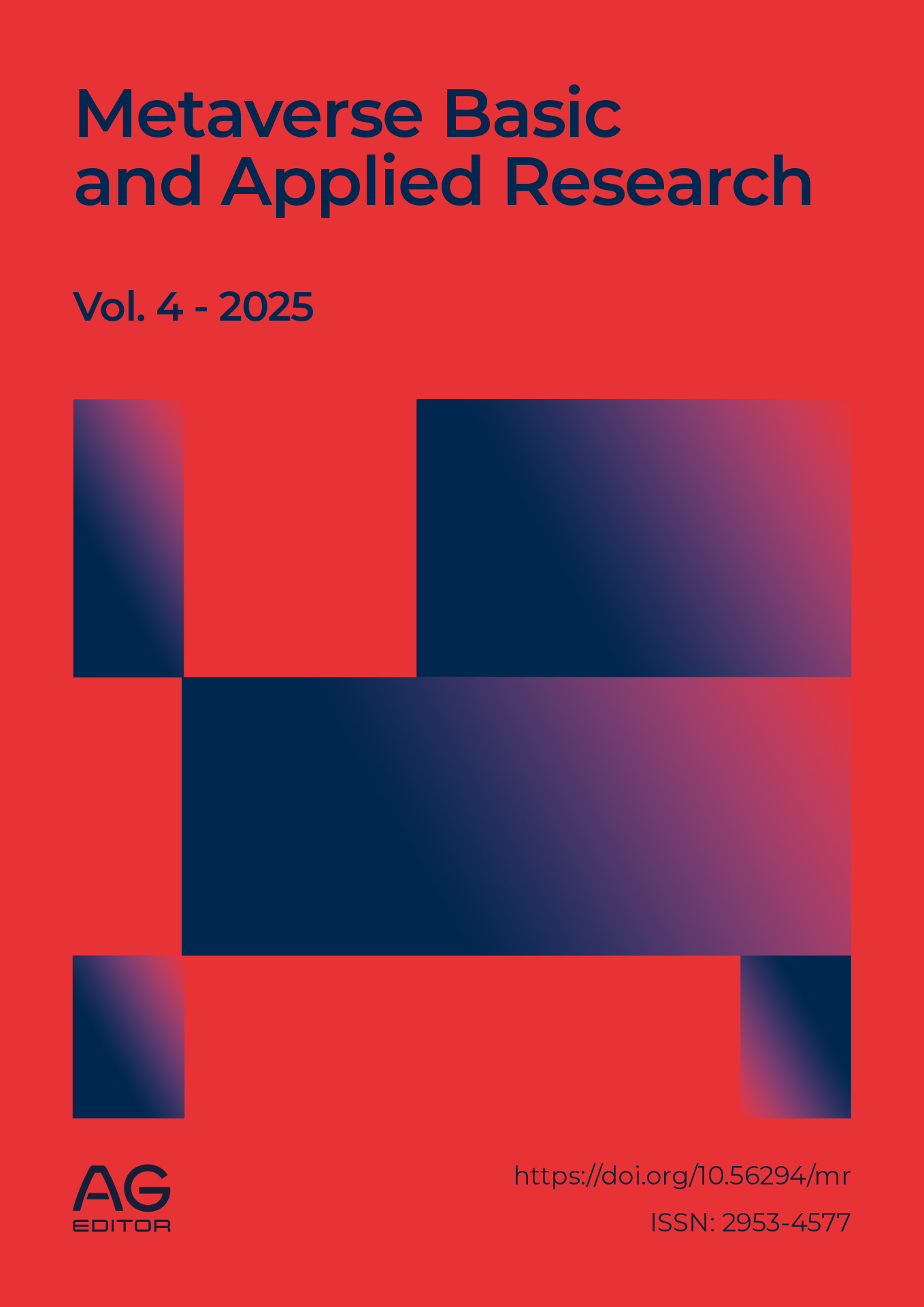Analysing Fake News through Linguistics: Detecting Manipulation Tactics
DOI:
https://doi.org/10.56294/mr2025162Keywords:
fake news, linguistic analysis, manipulative strategies, disinformation, media linguistics, stylistic featuresAbstract
Introduction: The purpose of this study is to look at how fake news in English is written and how it affects people’s opinions. This topic is necessary because disinformation now has a major impact on our views about the COVID-19 pandemic, politics and climate change.
Methods: The research includes several strategies like content analysis, discourse analysis, psycholinguistic techniques and comparative analysis. Samples of fake news articles that totaled 75 were selected from different social media sites and were compared with other news stories on the same subjects.
Results: It has been shown that fake news often uses strong language, makes exaggerations, states things in a clear way and alludes to respected authorities for support. The most commonly used techniques are playing on people’s fears, changing the facts and using language that divides people. If we compare these articles to authenticate news, we notice many differences in their style, tone and what they try to achieve.
Conclusions: Fake news becomes more emotional and easy to share because of the features of language used in them. It points out that developing skills to spot misleading news and creating automated systems to catch misleading content is very important and it asks for further research from experts in other fields.
References
1. Tandoc EC, Lim ZW, Ling R. Defining “Fake News”. Digital Journalism 2017; 6:137-153. https://doi.org/10.1080/21670811.2017.1360143
2. Shu K, Sliva A, Wang S, Tang J, Liu H. Fake news detection on social media: A data mining perspective. ACM SIGKDD explorations newsletter 2017; 19(1):22-36. DOI: https://doi.org/10.1145/3137597.3137600
3. Grieve J, Woodfield H. The Language of Fake News. Elements in Forensic Linguistics. Cambridge University Press, 2023. https://doi.org/10.1017/9781009349161
4. Molina MD, Sundar SS, Le T, Lee D. “Fake News” Is Not Simply False Information: A Concept Explication and Taxonomy of Online Content. American Behavioural Scientist 2021; 65(2):180-212. https://doi.org/10.1177/0002764219878224 DOI: https://doi.org/10.1177/0002764219878224
5. Tandoc EC, Lim ZW, Ling R. Defining “Fake News”. Digital Journalism 2017; 6:137-153. https://doi.org/10.1080/21670811.2017.1360143 DOI: https://doi.org/10.1080/21670811.2017.1360143
6. Allcott H, Gentzkow M. Social Media and Fake News in the 2016 Election. Journal of Economic Perspectives 2017; 31:211-236. https://doi.org/10.3386/w23089 DOI: https://doi.org/10.1257/jep.31.2.211
7. Zhou Х, Zafarani R. A survey of fake news: Fundamental theories, meth-ods detection, and opportunities. ACM Computing Surveys (CSUR) 2020; 53(5):1-40. DOI: https://doi.org/10.1145/3395046
8. Vosoughi S, Roy D, Aral S. The Spread of True and False News Online. Science 2018; 359:1146-1151. https://doi.org/10.1126/science.aap9559 DOI: https://doi.org/10.1126/science.aap9559
9. Ahammad T. Identifying hidden patterns of fake COVID-19 news: An in-depth sentiment analysis and topic modelling approach. Natural Language Processing Journal 2024; 6:100053. https://doi.org/10.1016/j.nlp.2024.100053 DOI: https://doi.org/10.1016/j.nlp.2024.100053
10. Pennycook G, Cannon TD, Rand DG. Prior Exposure Increases Perceived Accuracy of Fake News. SSRN 2018; 147(12):1-61. https://doi.org/10.2139/ssrn.2958246 DOI: https://doi.org/10.1037/xge0000465
11. Grieve J, Woodfield H. The Language of Fake News. Elements in Forensic Linguistics. Cambridge University Press, 2023. https://doi.org/10.1017/9781009349161 DOI: https://doi.org/10.1017/9781009349161
12. Gaillard S, Oláh ZA, Venmans S, Burke M. Countering the Cognitive, Linguistic, and Psychological Underpinnings Behind Susceptibility to Fake News: A Review of Current Literature With Special Focus on the Role of Age and Digital Literacy. Frontiers in Communication 2021; 6:661801. https://doi.org/10.3389/fcomm.2021.661801 DOI: https://doi.org/10.3389/fcomm.2021.661801
13. Bakir V, McStay A. Fake News and the Economy of Emotions. Digital Journalism 2017; 6(2):154-175. https://doi.org/10.1080/21670811.2017.1345645 DOI: https://doi.org/10.1080/21670811.2017.1345645
14. Zhou X, Li J, Li Q, Zafarani R. Linguistic-style-aware Neural Networks for Fake News Detection. Cornell University, 2023. https://doi.org/10.48550/arXiv.2301.02792
15. Schmidt A, Wiegand M. A survey on hate speech detection using natural language processing. Proceedings of the fifth international workshop on natural language processing for social media:1-10, 2017. DOI: https://doi.org/10.18653/v1/W17-1101
16. Przybyla P. Capturing the style of fake news. Proceedings of the AAAI conference on artificial intelligence 2021; 34(01):490-497, 2020. https://doi.org/10.1609/aaai.v34i01.5386.
Downloads
Published
Issue
Section
License
Copyright (c) 2025 Iryna Moyseyenko , Iryna Odobetska , Andrii Kovalenko , Vladyslav Mozalov , Olha Rud (Author)

This work is licensed under a Creative Commons Attribution 4.0 International License.
The article is distributed under the Creative Commons Attribution 4.0 License. Unless otherwise stated, associated published material is distributed under the same licence.





